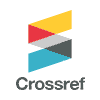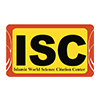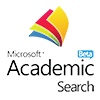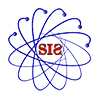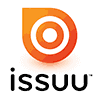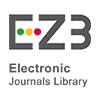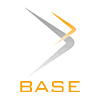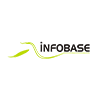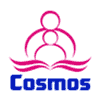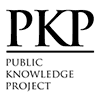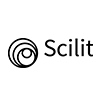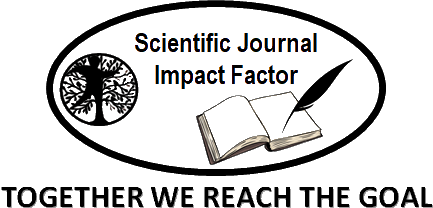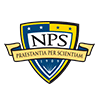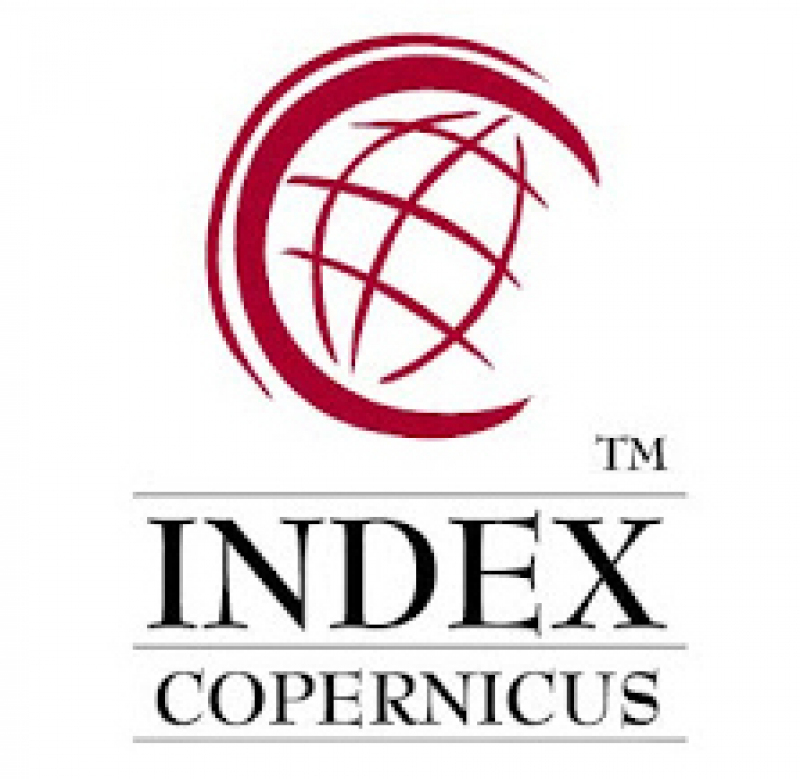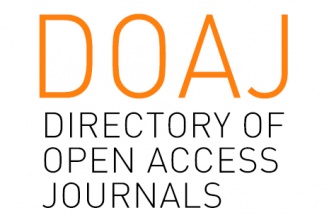The Effect of the PBL Model with the TTW Strategy in Terms of Problem-Solving Skills and Learning Motivation of Junior High School Students
Abstract
This research aimed to: (1) Describe the effectiveness of the PBL learning model with the TTW strategy in mathematics learning for eighth-grade junior high school students on statistics material, viewed from students' problem-solving abilities and learning motivation; (2) describe the effectiveness of the PBL learning model in mathematics learning for eighth-grade junior high school students on statistics material, viewed from students' problem-solving abilities and learning motivation; (3) if both are effective, describe which learning model is more effective between the PBL with TTW strategy model and the PBL model, viewed from students' problem-solving abilities and learning motivation on statistics material. This research is a quasi-experimental study using a pretest-posttest nonequivalent control group design. The population of this study was all students of class VIII of SMPN 2 Mlati, consisting of four classes. The sample of this study was selected by purposive sampling and class VIIIA was selected as the control class using the PBL model and class VIIIB as the experimental class using the PBL model with the TTW strategy. Data collection in this study used questionnaires and tests. The questionnaire was used to measure students' learning motivation and the test was used to measure students' problem-solving abilities. The criteria for the effectiveness of this study were based on: the average posttest problem-solving ability score is at least 75, the average posttest learning motivation score is at least 72, and the average posttest ability is greater than the pretest. The results of the study at the significance level showed that: (1) the PBL model with the TTW strategy was effective in terms of students' problem-solving abilities and learning motivation; (2) the PBL model was effective in terms of students' problem-solving abilities and learning motivation; (3) the PBL model with the TTW strategy was more effective compared to the PBL model in terms of students' learning motivation, but the PBL model with the TTW strategy was not more effective compared to the PBL model in terms of problem-solving abilities.
Keywords
Full Text:
PDFReferences
Albab, R. U., Wanabuliandari, S., & Sumaji, S. (2021). Pengaruh model problem based learning berbantuan aplikasi gagung duran terhadap kemampuan pemecahan masalah siswa. AKSIOMA: Jurnal Program Studi Pendidikan Matematika, 10(3), 1767. https://doi.org/10.24127/ajpm.v10i3.3969
Amalia, R. Z., & Hadi, W. (2021). Analisis kemampuan pemecahan masalah matematis bermuatan higher-order thinking skill ditinjau dari gaya belajar siswa. AKSIOMA: Jurnal Program Studi Pendidikan Matematika, 10(3), 1564–1578.
Artati, I. G. A. R. (2018). Penerapan Model Pembelajaran Kooperatif Tipe Think-Talk-Write (TTW) untuk Meningkatkan Motivasi Belajar Bahasa Indonesia. Jurnal Penelitian Dan Pengembangan Pendidikan, 2. https://ejournal.undiksha.ac.id/index.php/JJL/article/view/16280
Ates, C. B., & Aktamis, H. (2024). Menyelidiki efek modul pendidikan kreatif yang dipadukan dengan teknik Cognitive Research Trust ( CoRT ) dan Problem Pembelajaran Berbasis Masalah ( PBL ) terhadap keterampilan dan persepsi. Thinking Skillls and Creativity, 51(September 2023).
Durasa, H., Mertasari, N. M. S., & Pujawan, I. G. N. (2024). Implementasi problem-based learning berdasarkan independensi belajar untuk meningkatkan kemampuan pemecahan masalah dengan mengontrol kecemasan matematis. AKSIOMA: Jurnal Program Studi Pendidikan Matematika, 13(2), 620–632.
Hanifah, H. R. F. N., & Nuraeni, R. (2020). Perbedaan Peningkatan Kemampuan Pemecahan Masalah Matematis Siswa antara Think Pair Share dan Think Talk Write. Mosharafa: Jurnal Pendidikan Matematika, 9(1), 155–166. https://doi.org/10.31980/mosharafa.v9i1.632
Hapsan, A. (2021). Strategi Think Talk Write dalam Pembelajaran Matematika. CV. AA. RIZKY. https://books.google.co.id/books?id=rrJ0EAAAQBAJ&pg=PA71&hl=id&source=gbs_toc_r&cad=1#v=onepage&q&f=false
Hardiyanto, W., & Santoso, R. H. (2018). Efektivitas PBL Setting TTW dan TPS ditinjau dari Prestasi Belajar, Berpikir Kritis dan Self-Efficacy Siswa. Jurnal Riset Pendidikan Matematika, 5(1), 116–126. https://doi.org/10.21831/jrpm.v5i1.11127
Hendriko, N., Syafriandi, Armiati, & Jamaan, E. Z. (2024). Praktikalitas e-modul berbasis problem based learning untuk meningkatkan kemampuan pemecahan masalah matematis siswa. AKSIOMA: Jurnal Program Studi Pendidikan Matematika, 13(3), 870–884.
Hidayat, R., & Abdillah. (n.d.). Buku ilmu pendidikan (September). LPPI.
Loviasari, P. A., & Mampouw, H. L. (2022). Profil pemecahan masalah matematika pada materi himpunan ditinjau dari self efficacy. Mosharafa: Jurnal Pendidikan Matematika, 11(1), 73–84. https://doi.org/10.31980/mosharafa.v11i1.688
Maryati, I. (2021). Pengembangan modul berbasis peningkatan kemampuan literasi statistis siswa. AKSIOMA: Jurnal Program Studi Pendidikan Matematika, 10(3), 1454–1465.
Muhaimin, A., & MZ, Z. A. (2020). Pengaruh model pembelajaran missouri mathematics project terhadap kemampuan pemecahan masalah matematis ditinjau dari kemampuan verbal. AKSIOMA: Jurnal Program Studi Pendidikan Matematika, 9(4), 1148–1158.
Nurlita, S., Maslihah, S., Rohman, A. A., & Retnawati, H. (2023). Efektivitas pengembangan modul spldv berbasis adil gender untuk meningkatkan prestasi dan motivasi belajar matematika siswa. AKSIOMA: Jurnal Program Studi Pendidikan Matematika, 12(1). https://doi.org/10.24127/ajpm.v12i1.6262
Pramita, M., & Wiranda, N. (2023). Penerapan tpack dan model cps dalam meningkatkan kemampuan pemecahan masalah siswa. Aksioma, 12. https://doi.org/10.1016/j.sciaf.2019.e00146
Purwita, T. D., Sari, L. P., & Wilujeng, I. (2020). Utilizing of TTW (Think-Talk-Write) instructional model in the use of pictorial riddle-aided student worksheets for students’ critical thinking skills enhancement. Journal of Physics: Conference Series, 1440(1). https://doi.org/10.1088/1742-6596/1440/1/012046
Rambe, W. A., Musdi, E., Suherman, & Asmar, A. (2024). Pengembangan video interaktif menggunakan model contextual teaching and learning untuk meningkatkan kemampuan pemecahan masalah matematis. AKSIOMA: Jurnal Program Studi Pendidikan Matematika, 13(2), 394–405.
Romadhoni, L. A., & Setyaningsih, R. (2022). Pemecahan masalah matematis siswa dalam menyelesaikan soal pisa konten space and shape ditinjau dari gender. AKSIOMA: Jurnal Program Studi Pendidikan Matematika, 11(3), 2015–2028.
Seng Tan, O. (2003). Problem-based learning innovation using problems to power learning in the 21st century. Gale Cengage Learning.
Setiawan, D., Anggraini, I., & Hidayat, A. (2023). Model Pembelajaran Berbasis Masalah Manajemen tentang Minat Belajar Matematika Siswa Sekolah Dasar. AKSIOMA: Jurnal Program Studi Pendidikan Matematika, 12(2).
Susanti, L. (2020). Strategi pembelajaran berbasis motivasi. Elex Media Komputindo.
Susanti, & Zuldiana, A. (2018). Jenis-Jenis Media dalam Pembelajaran. http://eprints.umsida.ac.id/1257/1/ICT Jenis media.pdf
Susanto, A. S., Bharata, H., & Dahlan, S. (2018). The Effect of Cooperative Learning Model Think-Talk-Write Type on Mathematical Problem-Solving Abilities in Terms of Learning Habits. Al-Jabar : Jurnal Pendidikan Matematika, 9(1), 33. https://doi.org/10.24042/ajpm.v9i1.2235
Susbiyanto, S., Kurniawan, D. A., Perdana, R., & Riantoni, C. (2019). Identifying the mastery of research statistical concept by using problem-based learning. International Journal of Evaluation and Research in Education, 8(3), 461–469. https://doi.org/10.11591/ijere.v8i3.20252
Warsini. (2024). Model Problem Based Learning (PBL) dalam Pembelajaran Sejarah. CV. Ruang Tentor. https://www.google.co.id/books/edition/MODEL_PROBLEM_BASED_LEARNING_PBL_DALAM_P/bWEJEQAAQBAJ?hl=id&gbpv=1
Learning (PBL) dalam Pembelajaran Sejarah. CV. Ruang Tentor. https://www.google.co.id/books/edition/MODEL_PROBLEM_BASED_LEARNING_PBL_DALAM_P/bWEJEQAAQBAJ?hl=id&gbpv=1
DOI: http://dx.doi.org/10.18415/ijmmu.v12i11.7134
Refbacks
- There are currently no refbacks.
Copyright (c) 2025 International Journal of Multicultural and Multireligious Understanding

This work is licensed under a Creative Commons Attribution-NonCommercial-NoDerivatives 4.0 International License.
https://ijmmu.com
editor@ijmmu.com
facebook.com/ijmmu
Copyright © 2014-2018 IJMMU. All rights reserved.






